Polycarbonate Louvers
Polycarbonate Louvers
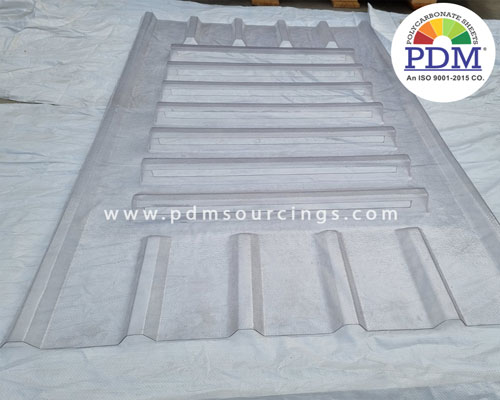

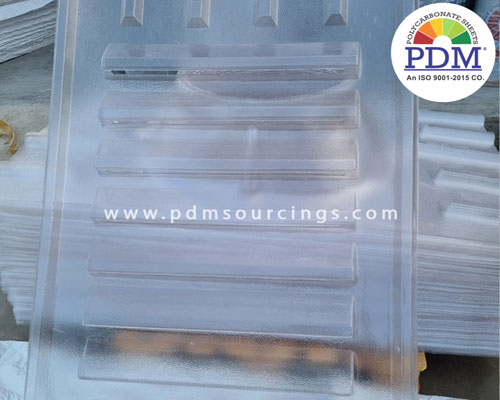
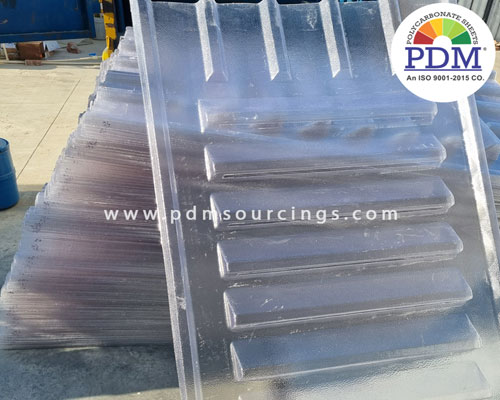
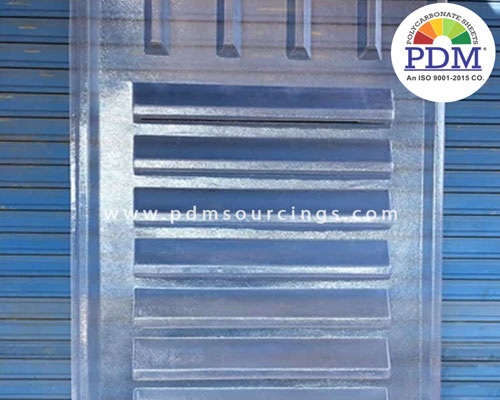
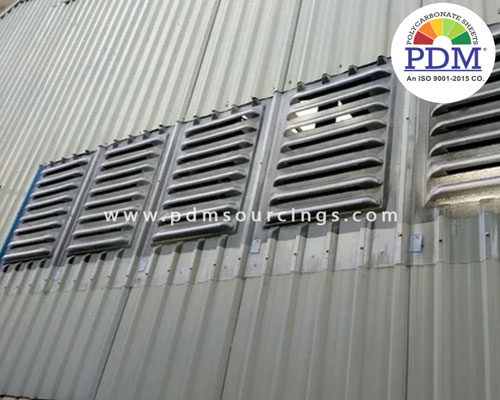

Product Details
- Our Range
- Standard Profile
- Physical
- Installation
- Cleaning & maintenance
| Colour | Clear Transparent, Clear Embossed (as per requirements) |
| Thickness | 1.8mm to 3mm |
| Standard Width | 1070 (Can be Customised) |
| Standard Length | 1700mm (Can be Customised) |
| Light Transmission | 90%(clear) |
| Options | One Side UV, Both Side UV |
| Specials | Anti fog & Solar Control Option Available |
Model No. - PDMLP01 |
Model No. - PDMLP02 |
| PROPERTIES TEST | METHOD VALUE UNITS | VALUE | VALUE | |
| Mechanical | Tensile strength at yield | DIN 53455 | >60 | MPa |
| Tensile strength at break | DIN 53455 | >70 | MPa | |
| Elongation at yield | DIN 53455 | 6--8 | % | |
| Elongation at break | DIN 53455 | >100 | % | |
| Modulus of elasticity | DIN 53457 | >2300 | MPa | |
| Charpy notched impact strength | DIN 53453 | >50 | kJ/m2 | |
| Physical | Specific gravity | DIN 53479 | 1.2 | g/cm3 |
| Refractive index nD5 | DIN 53491 | 1.586 | ||
| Water absorption, 4h @ 23°C | DIN 53495 | 0.35 | % | |
| Water permeability (thickness 1mm) | DIN 5322 | <2.28 | g/m2 | |
| Thermal | Softening temperature - Vicat ‘B’ | DIN53460 | 148 | °C |
| Deflection temperature (load 1.81MPa) | DIN53461 | 142 | °C | |
| Linear thermal expansion | DIN53752 | 6.8x10-5 | m/m.K | |
| Thermal conductivity | DIN52612 | 0.2 | W/m.K | |
| Maximum service temperature | Permanent 100 | °C | ||
| no loading | Short term 130 | °C | ||
Installation Guidelines for Polycarbonate Louvers
- 1. Safety Precautions:
- 2. Tools Required:
- 3. Preparation:
- 4. Mounting the Louvers:
- 5. Sealing (Optional):
- 6. Final Inspection:
☑ Wear protective gear, including gloves, safety glasses, and long sleeves.
☑ Ensure the installation area is clear and stable.
☑ Measuring tape, drill, screws, screwdriver, and sealant (optional).
☑ A fine-toothed saw or shears for cutting louvers to size.
☑ Measure the installation area accurately.
☑ Cut the louvers to fit the specific dimensions, if necessary.
☑ Identify the UV-protected side, which should face outward.
☑ Position the louvers in place, aligning them with the structure.
☑ Drill holes through the louver and support frame, ensuring the holes are slightly oversized to allow for thermal expansion.
☑ Secure the louvers with appropriate fasteners, being careful not to overtighten
☑ Apply a compatible sealant around the edges to enhance weatherproofing and prevent air or water infiltration.
☑ Check the installation for stability and proper alignment.
☑ Remove any protective film from the louvers
Cleaning and Maintenance of Polycarbonate Louvers
- 1. Regular Cleaning:
- 2. Avoid Harsh Chemicals:
- 3. Tough Stains:
- 4. Scratch Prevention:
- 5. Additional Tips:
☑ Clean your polycarbonate louvers periodically to remove dirt, dust, and debris.
☑ Use a mild soap solution mixed with lukewarm water.
☑ Wipe the louvers gently with a soft cloth or sponge, and rinse thoroughly with clean water to remove any soap residue.
☑ Dry the louvers with a lint-free cloth to prevent streaks.
☑ Do not use abrasive cleaners, solvents, or harsh chemicals, as these can damage the surface of the polycarbonate louvers.
☑ Stick to mild, non-abrasive cleaning agents.
☑ For stubborn stains, use a diluted solution of white vinegar and water.
☑ Apply the solution with a soft cloth, gently scrubbing the stained area, and rinse thoroughly with clean water.
☑ Avoid dragging sharp or heavy objects across the louvers to prevent scratches.
☑ Handle the louvers with care during cleaning and maintenance.
☑ Regular inspection of the louvers for any damage or wear is recommended.
☑ Replace any damaged louvers promptly to maintain the integrity and functionality of your installation.
Key Features & Benefits
- High Impact Resistance: Perfect for safety barriers and riot shields.
- Exceptional Light Transmission: Bright interiors with UV protection.
- Superior Fire Performance: Self-extinguishing, minimal smoke emission.
- Lightweight for Easy Handling: Simplifies installation and manoeuvrability.
- Versatile Design Flexibility: Cold-bendable for creative architectural designs.
- UV Protection and Weatherability: Shields from sun damage, maintains clarity.
- Longevity and Low Maintenance: Resists yellowing and degradation over time.
- Durable in Harsh Conditions: Withstands rain, hail, snow, and extreme temperatures.
Application

Industrial Buildings
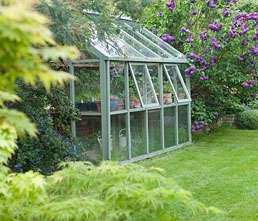
Greenhouses

Workshops
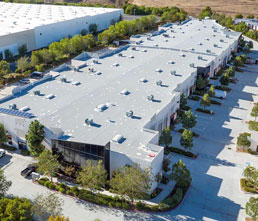
Commercial Roofs

Agricultural Structures

Airport Hangers
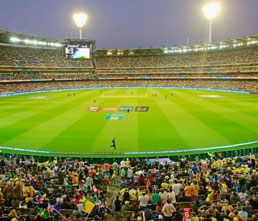
Sports Arenas
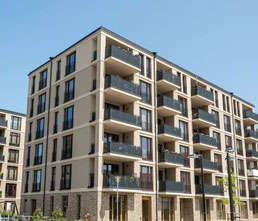
Residential Buildings


